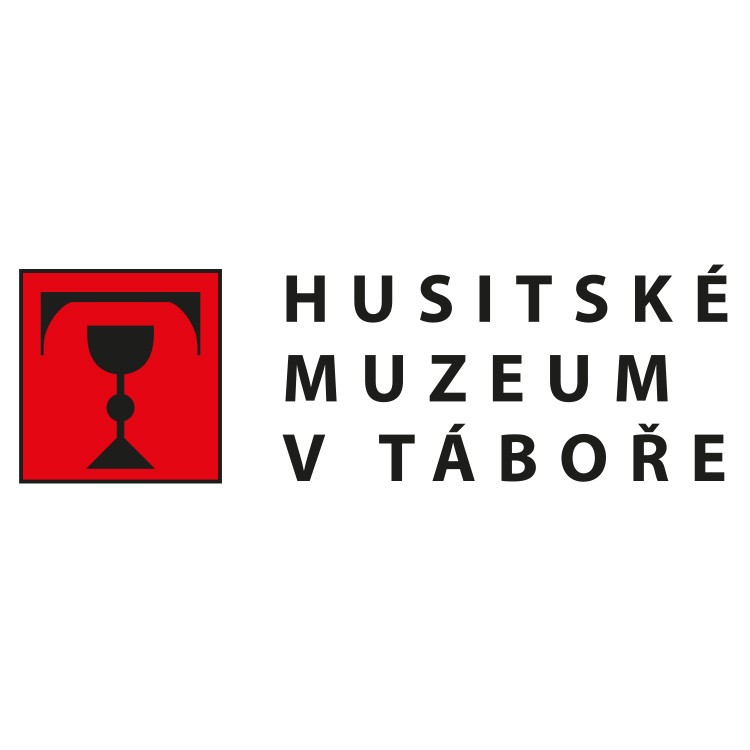
Hussite Museum in Tabor
Husitské muzeum v Táboře
The museum's research activities focus on the history of Hussitism and Tábor in the late Middle Ages, the early modern period and the modern era. It also studies Hussite traditions and Czech historical memory connected with Hussitism and the Czech Reformation. The Museum carries out rescue archaeological research or archaeological supervision activities within its territorial scope. The Blatské muzeum in Soběslav and Veselí nad Lužnicí carries out professional activities in the fields of natural science (botany and zoology) and social science (history, art history and ethnology). The research focuses, for example, on the Hussite and Hussite memorial sites and monuments of the Czech Republic, flora and vegetation of the Tábor region, small fauna of the Tábor region, folk architecture of the Tábor region, history of the Soběslav and Veselsko regions or artists of the Tábor region with an emphasis on the Soběslav and Veselsko regions. The activities of the Hussite Museum also include the organisation of conferences and professional meetings, seminars or involvement in research and educational projects of other institutions. The results of research are consistently communicated to the public in the form of educational programmes - especially for all school levels - lectures, excursions and also through extensive publishing activities, including on-line programmes.
nám. Mikuláše z Husi 44
Tábor
390 01
Czech
49.4139567
14.6556442E
Mgr. Jakub Smrčka, Th.D.
CEO
+420 381 251 884
smrcka@husitskemuzeum.cz
www.husitskemuzeum.cz
Services
Services for the private sector:
- With few exceptions, the Hussite Museum does not conduct research activities for the private sector. It is a memory institution with a public service obligation and therefore does not focus on scientific research for the private sector. The only significant exception is the archaeological supervision of construction projects within the meaning of the Heritage Act in its territorial jurisdiction. The main purpose of archaeological supervision is the protection or preservation of movable cultural heritage that could be endangered during construction work. The archaeologists of the Hussite Museum actively cooperate with the investors of construction projects in order to avoid unnecessarily increasing their costs and prolonging the construction work. The principle is mutually beneficial cooperation.
Services for the public sector:
- The main mission of the Hussite Museum as a scientific institution is to conduct basic and applied research and to make its results available to the professional and general public in an appropriate manner. The basic means of dissemination of research results are exhibitions, publications, lectures, seminars, lecturer programmes and excursions. The Hussite Museum publishes a peer-reviewed journal and many non-periodical publications. In addition, the Hussite Museum regularly organises scientific conferences with international participation. The Hussite Museum actively cooperates with educational institutions of all levels, from primary schools to universities. It is also involved in lifelong learning and senior education programmes.





